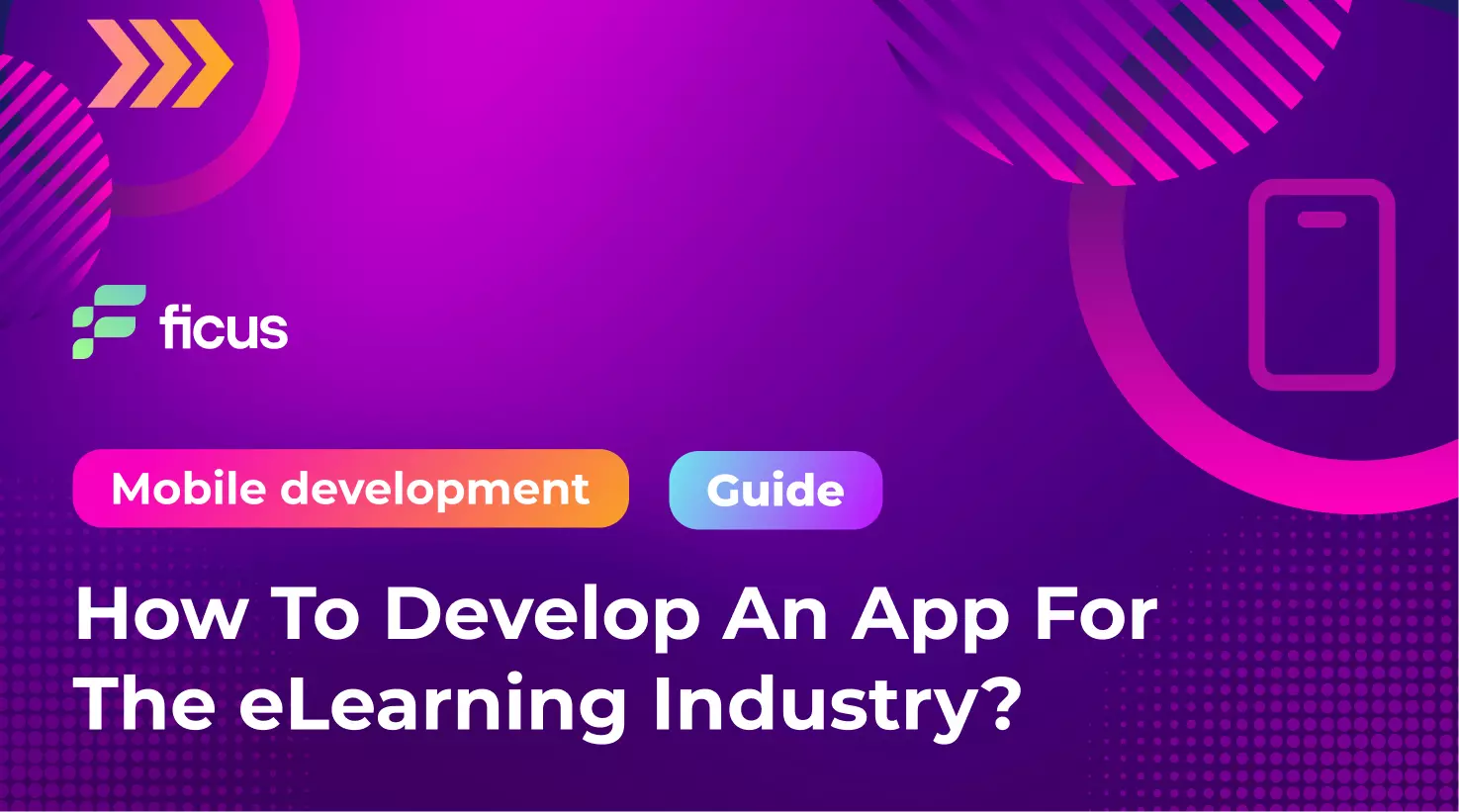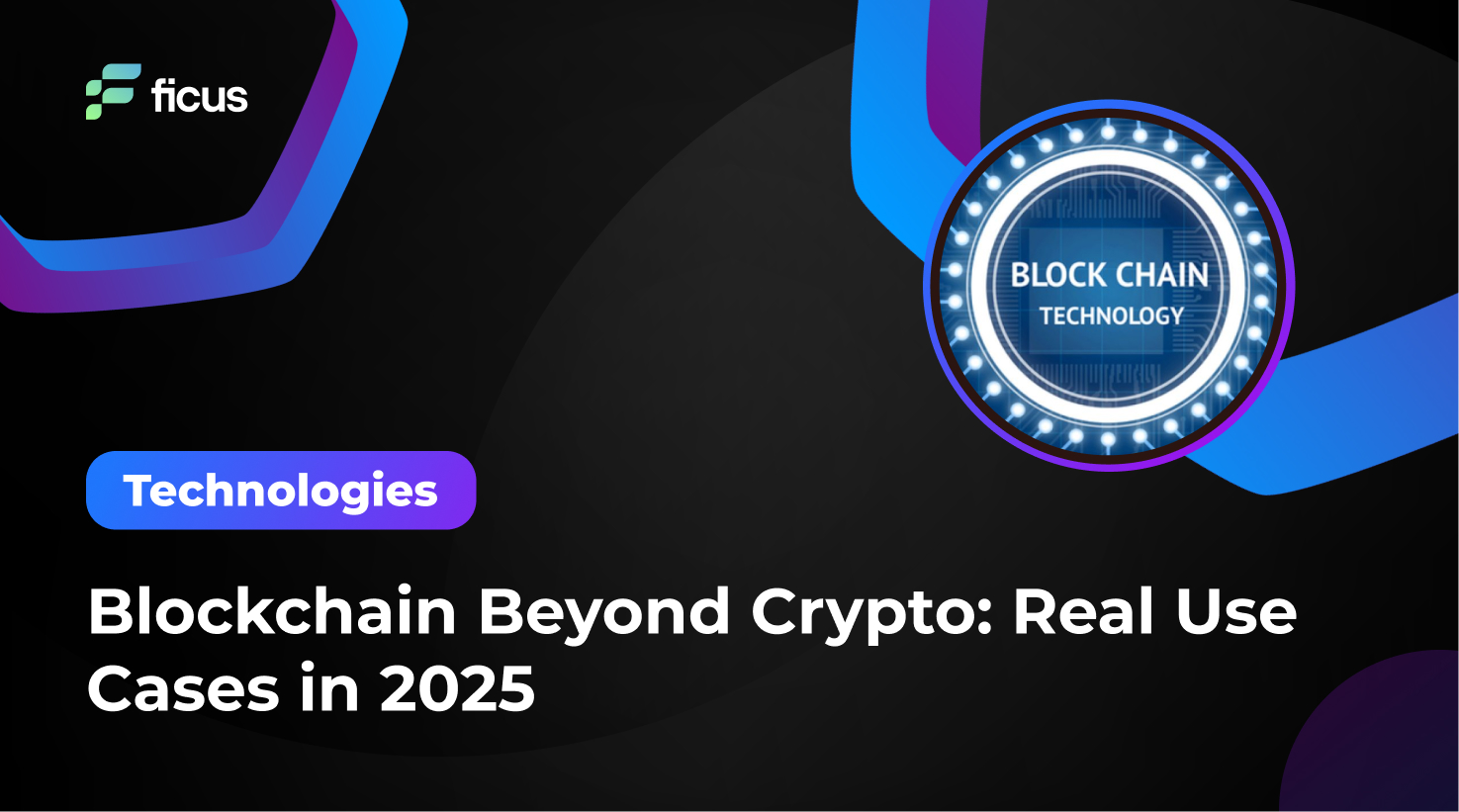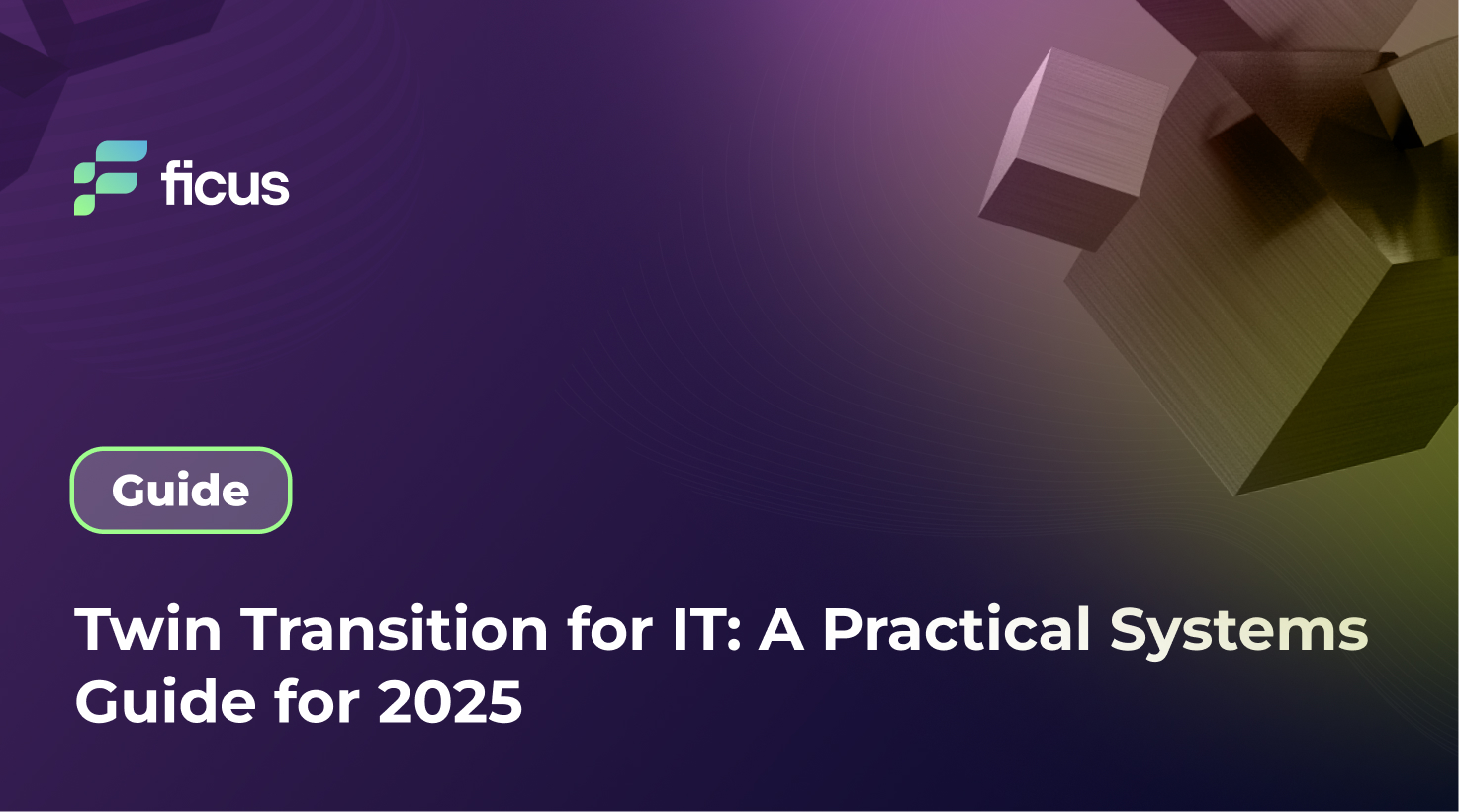Mobile learning is rapidly becoming a preferred option for accessing educational content. The rise in smartphone and tablet usage has led people to rely on their gadgets for learning. The e-learning app market is predicted to expand by $46.9 billion in 2024, highlighting its growing relevance. Popular e-learning apps like Coursera, Skillshare, and Duolingo are breaking the constraints of time and place, enabling users to learn anytime, anywhere. Business owners are also adopting corporate e-learning solutions, recognizing their effectiveness.
- E-learning apps boost accessibility and cost-effectiveness for education.
- Trends shape future e-learning app features and user experiences.
- Personalization and real-time analytics enhance learning outcomes.
What is an E-learning app?
An e-learning app is a digital platform that facilitates educational and training experiences through electronic devices like smartphones, tablets, or computers. These apps leverage technology to deliver a wide range of learning materials and resources, allowing users to acquire skills conveniently. By integrating multimedia content, interactive elements, and real-time communication tools, an e-learning industry app enhances the learning experience, making it more engaging and effective. Users can access courses, participate in discussions, complete assignments, and track their progress within a user-friendly application, making education accessible and adaptable to individual needs.

Types of E-learning Apps
Here are a few types of e-learning apps:
- Mobile online course apps: These apps allow users to explore a vast collection of courses on various subjects. Learners can enroll and complete courses directly on their mobile devices, making education accessible on the go.
- Schooling apps: Catering to students at different academic levels, these apps offer lesson plans, interactive quizzes, and resources aligned with formal curricula, enhancing the learning experience from elementary to higher education.
- Tutoring apps: Connecting students with qualified tutors, these apps facilitate personalized learning and provide one-on-one guidance to help individuals overcome academic challenges.
- Virtual classroom apps: These apps replicate traditional classrooms online, enabling live classes, real-time interaction, and sharing of educational materials like presentations and assignments.
- Student grading apps: Streamlining the assessment process, these apps help teachers grade assignments, track progress, and provide feedback efficiently, improving the overall learning experience for both students and educators.
The right e-learning app can significantly enhance the educational experience by leveraging technology to meet diverse learning needs.
Key Benefits Of E-Learning Apps
The rise of digital devices and mobile apps has significantly boosted the e-learning industry, reaching $7 billion. E-learning apps offer several benefits, driving organizations to invest in e-learning app development:
- Increased reach and accessibility: Businesses can reach a global audience, including remote employees, customers, and diverse learners.
- Cost-effectiveness: Unlike traditional training methods, e-learning apps can be reused and distributed without additional costs once they are developed.
- Customization: E-learning apps allow personalized content and push notifications, meeting individual learner needs and preferences.
- Real-time progress tracking and analytics: Built-in tools monitor learner progress, providing insights to optimize training programs.
- Consistency and standardization: E-learning apps ensure uniform training quality across different locations and user groups.
- Competitive advantage: Investing in an e-learning industry app demonstrates a commitment to development and education, attracts top talent, and improves customer satisfaction.
We need to bring learning to people instead of people to learning.
Elliot Masie
Main E-Learning App Essential Features
Developing an e-learning industry app requires integrating specific features that enhance user experience and learning outcomes. Key functionalities such as personalized accounts, course management, online testing, and real-time communication are crucial for creating an effective and engaging educational platform. Let’s explore these features in detail.
Personal Account for Students and Teachers
In an e-learning app, users need the ability to sign up and input personal information, including payment details. Different interfaces for learners and teachers are necessary, as their feature requirements differ. Teachers should be able to track student progress, manage payments, and monitor individual achievements. Conversely, learners need a clear schedule of classes and payment information. These tailored interfaces enhance the user experience and ensure that students and teachers can utilize the app’s features effectively, contributing to a more efficient and organized learning environment.
Course System
The e-learning app’s course system stands as the platform’s backbone, facilitating the entire learning journey. Interactive courses, virtual classrooms, and a mobile learning environment ensure seamless delivery of educational materials. Central to e-learning app development, it empowers educators by simplifying content creation. Teachers prioritize convenience when selecting an e-learning industry app, making the efficiency of this system paramount. As the heart of the platform, it enables effective teaching and enhances the overall user experience, fostering engagement and retention. Thus, optimizing the course system is imperative for the success of any e-learning application.
Online Testing System
The online testing system in e-learning app development ensures assessment integrity. Evaluation reliability is enhanced by preventing cheating through measures like restricting application closure during tests. Preserving the credibility of the e-learning industry app relies on these safeguards, fostering trust between educators and learners. Upholding security and fairness maintains academic standards and cultivates a supportive learning atmosphere. Therefore, optimizing this feature is essential for the effectiveness and reputation of any e-learning platform.
Chat, Online Classes, and Video Calls
Quality chats and video calls are imperative in e-learning applications, replacing traditional face-to-face interaction. Ensuring a robust technical foundation for video calls enhances accessibility and usability. Reliable video communication fosters engagement and fosters a conducive learning environment. Moreover, optimizing these features in an e-learning app amplifies user satisfaction and facilitates seamless interaction between instructors and learners. Thus, prioritizing the development of user-friendly video call functionalities is crucial in enhancing the effectiveness of e-learning platforms. By integrating accessible and comprehensible video communication tools, the e-learning industry can elevate the overall learning experience for its users.
Certification System
A fundamental aspect of e-learning app development is implementing a secure certification system. This feature validates a learner’s proficiency upon course completion. Ensuring integrity, the system mandates passing a test before issuing certificates, thwarting fraudulent claims. Such a system enhances credibility and motivates learners by recognizing their achievements. Additionally, within the e-learning industry app, a robust certification mechanism fosters trust among users and institutions. By prioritizing a secure certification process, e-learning apps bolster their effectiveness in providing tangible outcomes, reinforcing the value proposition for learners and stakeholders.
Rating and Evaluation System
When developing an e-learning industry app, attention to the evaluation system is paramount. Instructors need to establish transparent criteria for acceptance, passing, and assessment. Incorporating deadlines within this framework enhances accountability and fosters timely completion of coursework. A robust evaluation system provides clarity for both learners and educators and ensures fairness in grading processes. By integrating these features into the app for the e-learning industry, developers facilitate efficient learning management and promote student engagement. Thus, prioritizing a well-defined evaluation system contributes significantly to the overall effectiveness and user satisfaction of the e-learning platform.
Reminder and Notification System
In e-learning app development, integrating a reminder and notification system addresses a common user pain point: tracking deadlines. This feature enhances user experience by ensuring timely completion of tasks and assignments. By proactively alerting users to upcoming deadlines, the app for the e-learning industry minimizes the risk of missed submissions and fosters a more organized learning environment. Additionally, personalized notifications can be tailored to individual user preferences, further optimizing engagement. Consequently, prioritizing the implementation of such a system improves user satisfaction and contributes to the overall popularity and effectiveness of the e-learning platform.
Homework System
A comprehensive homework system streamlines the process of submitting assignments for learners while empowering instructors to efficiently grade submissions, assign new tasks, and establish deadlines. By facilitating seamless assignment management, the app for the e-learning industry enhances productivity for both educators and students. Additionally, such a system fosters accountability and fosters a structured approach to learning, contributing to the overall effectiveness of the platform. Thus, prioritizing the development of a robust homework system ensures a smoother experience for users and reinforces the app’s utility in facilitating educational activities.
Connecting Payment Gateways
In e-learning app development, prioritizing secure payment integration is imperative. By incorporating reputable payment gateways like PayPal, Apple Pay, or Google Pay, the app for the e-learning industry ensures both convenience and safety in transactions. This feature enhances user experience by facilitating seamless payments and instills trust among users, boosting the app’s credibility. With secure payment gateways in place, learners can confidently engage in transactions, making the e-learning experience more accessible and enjoyable. Thus, integrating robust payment solutions contributes significantly to the overall success and user satisfaction of the e-learning platform.
Ready to Develop Your E-Learning App?
Contact UsHow to Create an E-Learning App
Creating an app for the e-learning industry demands meticulous planning and execution to meet user expectations. Every step influences the app’s success, from conceptualizing features to designing user interfaces. Delving into the intricacies of e-learning app development reveals essential strategies for effective implementation and user engagement.
1. Describe and Develop Your Idea for a Ready-Made Business Project
When proposing a ready-made business project to a vendor, clearly articulating requirements, references, and preferences ensures efficient communication. Emphasize the necessity of e-learning app development, catering to the booming demand within the e-learning industry. Present concise dos and don’ts to guide the vendor’s approach. This specificity mitigates potential misunderstandings and streamlines the development process. By presenting a well-defined plan, both parties can effectively collaborate, maximizing the project’s success and aligning with market trends. Investing effort upfront in clear communication lays a sturdy foundation for a fruitful partnership and project execution.
2. Make a Business Plan and Technical Requirements for the Product
Clearly outlining problems, visions, and objectives provides crucial direction for your e-learning app development team. This comprehensive document encompasses a project overview, needs, goals, target audience, desired features, and pertinent references and restrictions. Neglecting precise requirements risks misalignment between your vision and the delivered product, potentially impeding success. By meticulously detailing expectations and specifications, you empower your team to craft an e-learning solution that resonates with your goals and addresses pertinent challenges. This proactive approach fosters clarity and synergy, enhancing the likelihood of project success and market relevance.
3. Find Reliable Partners to Build a Mobile Application
The success of your organization depends on choosing the appropriate partners for your e-learning application. Invest time in finding a reliable provider capable of efficiently building and scaling your team. Your team for e-learning app development should include seasoned professionals: business analysts, designers, developers, DevOps experts, and QAs. Evaluating a vendor’s tech portfolio and customer testimonials is essential. Check directories like Clutch, The Manifest, and GoodFirms for detailed information. A thorough assessment ensures you collaborate with experienced partners who can deliver a high-quality product aligned with your business goals.
4. Beginning of Iteration Planning and Construction of MVP
An MVP, or minimum viable product, is the initial version of a project with only the essential features. It serves as a working prototype that undergoes practical testing. MVP development is popular for its ability to validate a product through user interaction before full-scale development. For an e-learning app, this means creating a functional version with core features, allowing for real-world feedback and adjustments. By focusing on the MVP, developers can ensure that the final product meets user needs and market demands, ultimately leading to a successful and well-received e-learning industry app.
5. Start Product Discovery
At the product discovery stage, you must thoroughly research the market, analyze competitors, and study your target audience. Identifying business, user, and discovery goals, as well as creating user stories and customer journey maps, is essential at this stage. These activities provide valuable insights into the product, the market it will operate in, and its target audience. For an e-learning app, understanding these factors ensures the app meets user needs and excels in the competitive e-learning industry. This thorough preparation lays the groundwork for successful e-learning app development and a product that resonates with its intended users.
6. Define MVP Functions
Defining MVP functions allows you to test your idea before full development, making it easier to modify the product based on client feedback. Features can be added or removed depending on user response to the MVP. When developing an e-learning app, consider which core features to test first. This could include user registration, course content delivery, and progress tracking. Starting with essential functions helps gauge market interest and usability, enabling adjustments to improve the final product. This strategic approach in e-learning app development ensures the app evolves effectively to meet user needs and industry standards.
7. Start UX Design
Before starting the UX design phase for your e-learning app, ensure your design goals are clear. Key activities include sketching ideas, developing prototypes, gathering user input, and making design decisions. Based on the app concept and design, prepare an action plan to start the UX design process. This stage involves creating the information architecture and wireframes, which form the backbone of the user experience. Thoughtful UX design in e-learning app development ensures the final product is intuitive and user-friendly, effectively meeting the target audience’s needs and enhancing the overall learning experience.
8. Do a User Testing
User testing refines a prototype through three key stages: interviewing focus groups, conducting assessment research, and generating usability reports. For an e-learning app, this involves users interacting with the prototype while eye-tracking equipment captures their actions. Analyzing this data helps compare actual use with expected outcomes, enabling adjustments to enhance usability. This approach ensures the final product is intuitive and user-friendly, providing a seamless experience for learners and aligning with the demands of the e-learning industry. Effective user testing directly improves the app’s functionality and user satisfaction.
9. Start UI Design
Consistency in UI design ensures all interface elements are uniform, reflecting your brand’s style and colors. Experts will carefully choose fonts that best represent your brand, creating a cohesive look and feel. This approach is essential in e-learning app development to provide a seamless user experience. By maintaining a consistent design, users will find the interface intuitive and engaging, enhancing their overall experience. This improves usability and reinforces brand identity, making the app more recognizable and trustworthy. Attention to detail in design contributes significantly to the app’s success and user satisfaction.
10. Build a Development Process [SDLC]
To build a development process (SDLC) for an e-learning app, start with product technical documentation by gathering client information to meet expectations. Document technical details and select stacks like Swift for iOS, Kotlin for Android, and React Native for cross-platform apps. Define functionality requirements, including the admin panel and user roles such as admin and super admin, and finalize the estimate and scope of work. In the development phase, front-end developers handle the client side, back-end developers manage APIs and databases, and DevOps focuses on CI/CD. QA engineers test code and write automated tests, although skilled mobile app developers can often handle these tasks. During testing, QA engineers perform automated and manual testing on all components. Deployment and integration follow regression testing, where the QA team delivers the tested version to users for beta testing. In the maintenance stage, the development team addresses issues, fixes, and improvements in the production environment.
11. Launch
Now is the time for the market to see your product! The product launch process should be systematic to ensure favorable client reception. Key steps for a successful launch include identifying the target audience, creating unique product packaging, and developing a catchy slogan and timeline. Conducted competitor analysis, focused on application development, and planned customer onboarding. Effective advertising is crucial to reach potential users. For e-learning app development, these steps ensure the product meets market demands and stands out in the competitive landscape, ultimately driving user engagement and success.
The Best E-Learning Mobile Application
Looking at the best e-learning mobile applications can help you understand what makes an e-learning industry app successful. These examples highlight the features and strategies that have proven effective in engaging users and delivering educational content efficiently.
Coursera
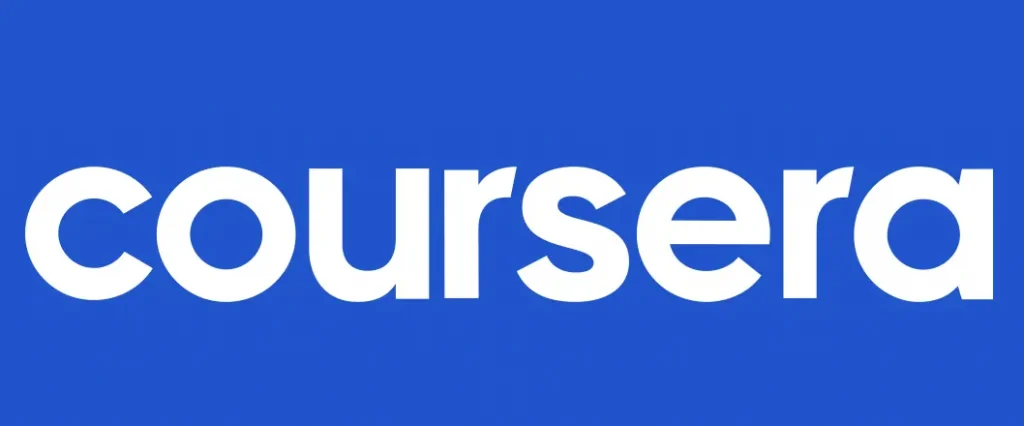
Coursera is a globally recognized app for the e-learning industry that partners with universities and organizations to offer a variety of online courses, specializations, and degrees. Learners can access high-quality content across subjects such as computer science and humanities. Coursera’s interactive approach includes video lectures, quizzes, and peer assessments, making it a popular choice for individuals and professionals aiming to upskill. This e-learning app provides a flexible and engaging learning experience, catering to the needs of a diverse audience seeking to advance their knowledge and careers.
Duolingo
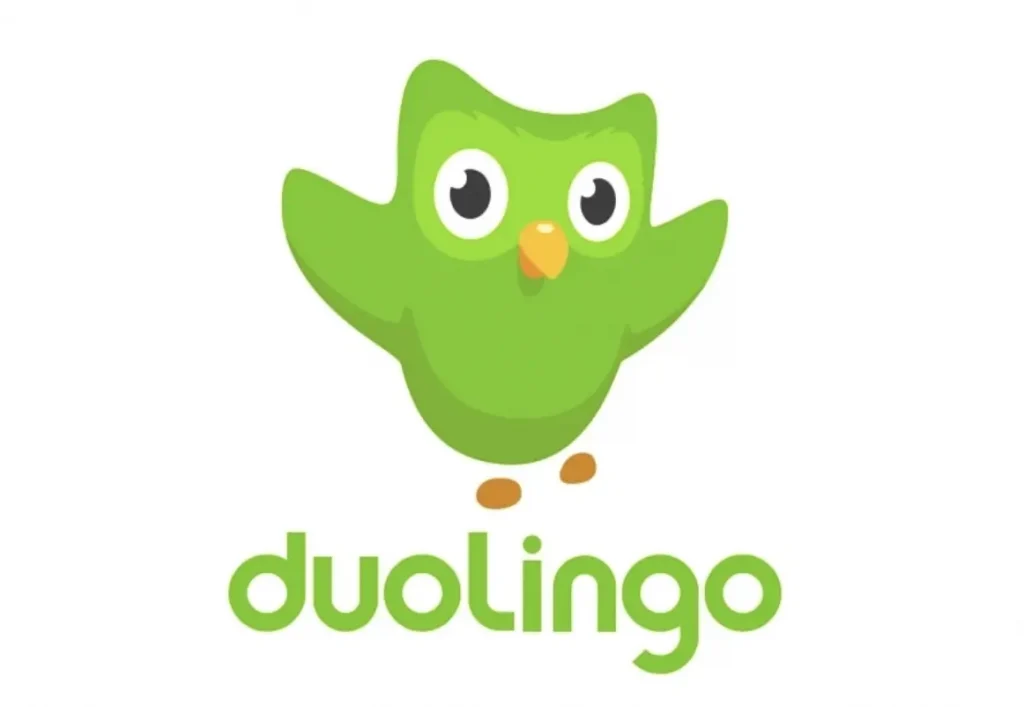
Duolingo, a leading e-learning app for language acquisition, has transformed learning with its gamified approach. Offering bite-sized lessons, interactive exercises, and challenges, it caters to users of all proficiency levels. Its engaging format has made it a favorite among language enthusiasts, and its accessibility, being free of charge, attracts a broad audience. With 95 available courses in 38 languages and over 500 million downloads, Duolingo stands out as one of the most popular language-learning platforms. Its main features include progressive lessons, a motivation system with lingots and streaks, competition among learners, and the ability to switch between languages seamlessly.
Quizlet

Quizlet, a renowned e-learning app, leverages AI to aid students in knowledge retention. Offering diverse study modes like flashcards, matching games, and quizzes, Quizlet enhances learning engagement. With over 500 million study sets covering various subjects, it caters to students of all ages. Its interactive study tools, customizable study sets, and audio features for auditory learners contribute to a dynamic learning experience. Progress tracking enables students to monitor their learning journey, while collaboration features foster social interaction and competition among peers. While Quizlet offers a free version, Quizlet Plus, priced at $35.99 per year, provides ad-free studying and enhanced customization options for a premium learning experience.
E-Learning App Development Trends in 2024
As e-learning usage among students continues to grow, the demand for innovative e-learning app development trends becomes increasingly apparent. With a substantial percentage of students relying on these apps daily, understanding and embracing the latest advancements is essential. Delving into these trends reveals significant shifts in digital education for 2024.
Artificial Intelligence (AI) and Machine Learning (ML) Integration
Artificial intelligence (AI) has significantly enhanced various industries, particularly e-learning. Integrating AI and machine learning (ML) technologies into e-learning apps facilitates personalized learning experiences, automates administrative tasks, and improves content recommendation engines. These advanced features, such as automated graders, chatbots, adaptive learning, and predictive analytics, streamline repetitive tasks and simplify feedback mechanisms. By harnessing AI and ML, e-learning app development becomes more efficient, offering learners tailored experiences and educators valuable tools for optimizing teaching methods and content delivery. This integration marks a significant advancement in the evolution of e-learning platforms, enhancing both user experience and educational outcomes.
Big Data Influence on E-learning Software
While big data integration in e-learning apps may seem promising, it raises data privacy and security concerns. Collecting vast amounts of user data poses risks of misuse or unauthorized access, potentially compromising learners’ sensitive information. Moreover, relying solely on data-driven insights may overlook the human element of education, neglecting the importance of personalized interaction and educator feedback. Additionally, the complexity of analyzing and interpreting large datasets may hinder educational institutions with limited resources from effectively leveraging big data for instructional improvement. Therefore, careful consideration of ethical implications and resource constraints is essential when implementing big data solutions in e-learning apps.
Augmented Reality (AR), Mixed Reality (MR), and Virtual Reality (VR)
In e-learning app development, augmented reality (AR) enhances the learning experience by providing additional information about real-world objects or locations, increasing comprehension and engagement. Similarly, mixed reality (MR) merges physical and virtual worlds, enabling learners to interact with both realms and fostering a more immersive educational journey. Moreover, virtual reality (VR) creates fully immersive digital environments, transporting users to various settings or historical contexts, thereby offering unique learning opportunities. These technologies revolutionize education, making it more interactive, dynamic, and enjoyable for learners across diverse subjects and disciplines.
User-generated Content Helps Improve the Learning Process
User-generated content significantly enhances the learning process in e-learning apps. While some apps offer fixed materials, others enable users to create and share their own content with peers. This includes discussion forums for participation and questions, collaborative file-sharing projects, peer feedback initiatives to increase app engagement and user-created content libraries. These features in an e-learning app foster a dynamic and interactive learning environment, promoting deeper understanding and collaboration among users. By allowing learners to contribute, these apps make education more accessible and tailored to individual needs.
Final Words
Creating an e-learning industry app requires time, money, and numerous stakeholders. Many believe it is a difficult and costly task with many unsolved problems. Ficus Technologies offers expertise in developing tailored, efficient e-learning solutions and provides comprehensive post-launch support.
The costs of developing an E-Learning app vary widely based on several factors. These include the complexity of the app, the number of features, the development team’s location, and the overall project scope. Basic E-Learning apps with minimal features may cost around $20,000 to $40,000. More advanced apps with interactive features, real-time analytics, and customization options can range from $50,000 to $100,000. Additional expenses may include ongoing maintenance, updates, and marketing. To ensure a successful and sustainable E-Learning app development project, it’s essential to thoroughly plan and budget for these aspects.u003cbru003e
The time required to develop an E-Learning app depends on its complexity, features, and development process. A basic E-Learning app with essential features like user registration, course management, and quizzes typically takes around 3 to 6 months. More advanced apps with interactive elements, real-time analytics, and extensive customization options may require 6 to 12 months or longer. The timeline includes planning, design, development, testing, and deployment stages. Collaboration between the development team and stakeholders, along with efficient project management, can help streamline the process and ensure the timely delivery of the E-Learning app.u003cbru003e
